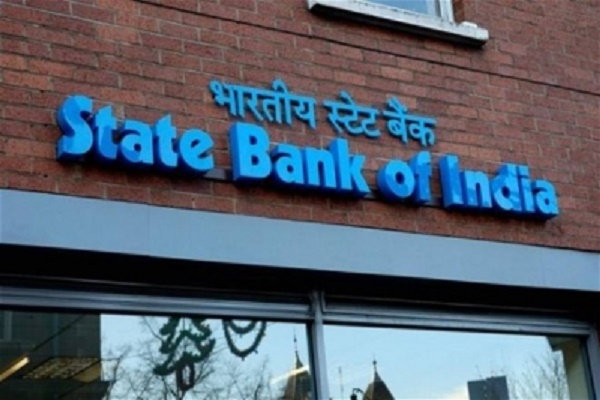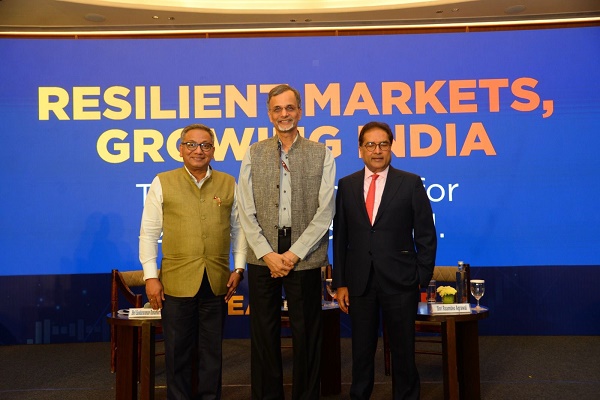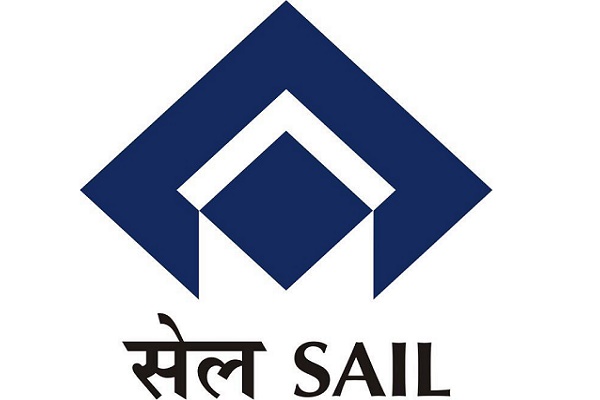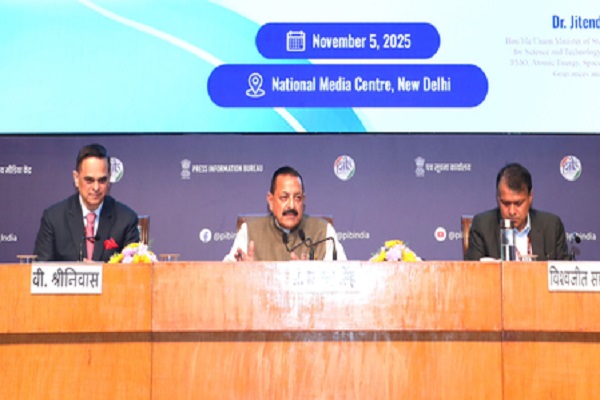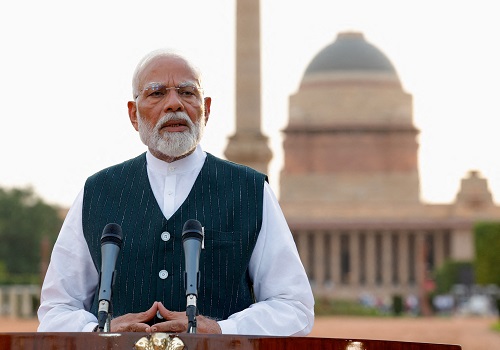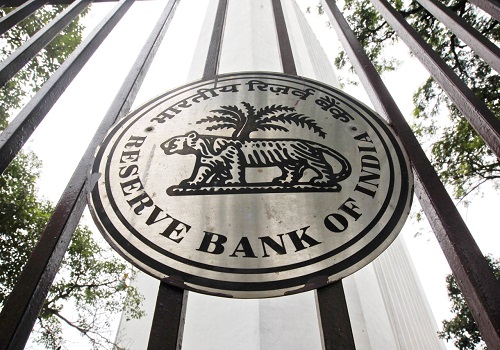Perspective on RBI MPC announcement by Ms. Madhavi Arora, Lead Economist, Emkay Global Financial Services

Below the Perspective on RBI MPC announcement by Ms. Madhavi Arora, Lead Economist, Emkay Global Financial Services
Quick impact of Incremental CRR
* Imposition of Incremental CRR (ICRR) of 10% on NDTL (for period of May 19 to July 28 ) would imply a temporary liquidity depletion of ~Rs1.15tn/Rs996bn (ex of HDFC twin merger). This assumes an effective CRR of 14.5% for the period concerned (4.5%+10%).
* However, if we assume the ICRR of 10% to include the existing CRR of 4.5%, the liquidity depletion would amount to Rs650bn/Rs548 bn ex of HDFC twin merger. We await clarity on RBI’s assessment of ICRR in the press conference. But we believe it has to be the former (i.e 14.5% effective CRR)
* Overall, this would also lead to some interest loss for banks, as banks were parking the short term liquidity into STPL (short term personal loans) and money markets, instead of parking with RBI in VRRR, which also helped in some softening of CP/CD rates.
* The immediate impact of RBI absorbing liquidity via ICRR will be mild hardening of money market rates for borrowers including NBFCs/corporates, while for banks as well there will be slight impact on their NIMs (3-4 bps) depending on the instruments where they were parking the money (assuming 14.5% effective CRR).
* That said, some banks (PSBs specifically) benefitted more than others from the liquidity glut due to Rs2K notes withdrawal, while others toiled to get deposits by increasing rates.
* However, all the banks will have to maintain ICRR and thus could be construed as unfair to some banks who did not benefit much from the Rs2K notes withdrawal (mainly PVBs).
* As expected, RBI fired warning shots for Banks/NBFCs given the agressive lending (unsecured loans) and they need to retain adequate provision buffers. As per our banking team, this will force regulated entities to maintain higher PCR or atleast discourage them from reversing provisions (thus some impact on RoA).
Notably, ICICI, HDFCB, Axis amongst banks have maintained strong contingent buffer amongst banks (0.7-1.2%) and thus should not have any impact.
Above views are of the author and not of the website kindly read disclaimer


